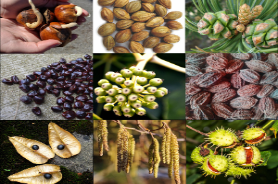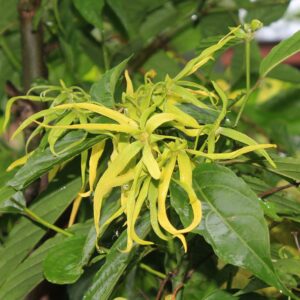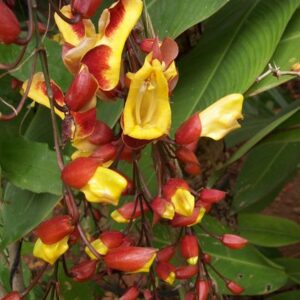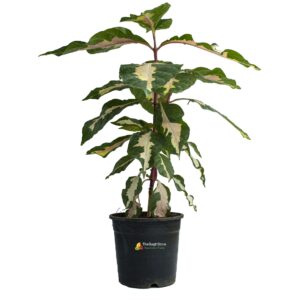Bignonia gracilis, commonly known as the Mexican orange or slender bignonia, is a species of flowering vine in the Bignoniaceae family. Here is a detailed description of Bignonia gracilis:
- Appearance: Bignonia gracilis is a woody, evergreen vine with slender, twining stems. The leaves are pinnately compound, meaning they are composed of multiple leaflets. The leaflets are lance-shaped and arranged opposite each other along the stem. The foliage is glossy and dark green, providing an attractive backdrop for the vibrant flowers.
- Flowers: The plant produces beautiful, tubular flowers that are orange to red-orange in color. The flowers are trumpet-shaped with flaring lobes, giving them a star-like appearance. They are borne in clusters and often have a delightful fragrance. The bright blooms attract pollinators like butterflies and hummingbirds to the garden.
- Growth Habit: Bignonia gracilis is a vigorous vine that can reach heights of up to 20 feet (6 meters) or more. It has a twining growth habit, which means it wraps itself around structures or other plants for support. This makes it well-suited for climbing on trellises, fences, or arbors. The vine can also be trained to cascade down from hanging baskets or containers.
- Blooming Period: Bignonia gracilis typically blooms from late spring to early summer, although it may continue to produce sporadic blooms throughout the growing season. The vibrant flowers add a burst of color to the garden and provide a visual spectacle during their blooming period.
- Growing Conditions: Bignonia gracilis thrives in full sun to partial shade. It prefers well-drained soil and is moderately drought-tolerant once established. Regular watering is necessary to keep the soil consistently moist, especially during hot and dry periods. This vine is suitable for growing in USDA hardiness zones 8 to 11.
- Uses: Bignonia gracilis is commonly used as a decorative vine in gardens and landscapes. Its attractive foliage and vibrant flowers make it an eye-catching addition to trellises, fences, or arbors. The vine can also be grown in containers, where it can trail down and create an elegant cascading effect. Additionally, Bignonia gracilis can be used to attract pollinators to the garden due to its nectar-rich flowers.
- Maintenance: Bignonia gracilis is relatively low-maintenance. Pruning can be done in late winter or early spring to control its size and shape. Regular removal of spent flowers, known as deadheading, can help promote continuous blooming. The vine may benefit from occasional fertilization with a balanced fertilizer to encourage healthy growth and flowering.
Overall, Bignonia gracilis is a versatile and visually appealing vine that adds beauty and color to the garden. Its vibrant flowers, attractive foliage, and ability to attract pollinators make it a popular choice for gardeners looking to create a stunning vertical display or a cascading effect in their landscapes.















Reviews
There are no reviews yet.